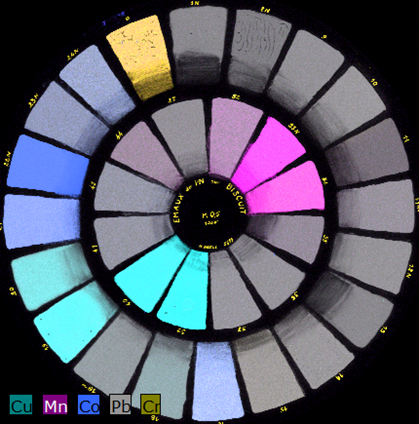



|
Live Session 1*
Tuesday
July 1st, 2025
|
Live Session 2*
Tuesday
July 1st, 2025
|
|
10 am CEST / Berlin
4 pm SGT / Singapore 5 pm JST / Tokyo |
5 pm CEST / Berlin
8 am PST / Los Angeles 11 am JST / New York |
What to expect? Porcelain — a fine, translucent ceramic originated in China, likely in Zhejiang province during the Eastern Han dynasty.
It is made by firing kaolin at high temperatures (1260–1300 °C), giving it strength and beauty.
Chinese porcelain, especially blue-and-white ware, became highly valued across Asia and the Islamic world.
The cobalt blue pigment, rare and hard to source, was initially imported from Persia, linking Chinese porcelain to Middle Eastern trade.
Before China’s mastery, early glazed pottery—often called “proto-porcelain”—appeared in the Islamic world.
Arab artisans, known for their blue decorative styles, influenced later Chinese porcelain aesthetics.
Porcelain carried cultural and economic importance: it was a luxury in Europe, a diplomatic gift in China, and a trade item in the Middle East.
Its global spread reflects centuries of technological and artistic exchange.
Studying porcelain offers insight into historical innovation and cross-cultural influence.
Micro-X-ray fluorescence spectroscopy (micro-XRF) is a non-destructive method that can be used to study porcelain, offering both qualitative and quantitative capabilities.
This webinar highlights its use in glaze analysis, provenance research, and pigment identification on porcelain objects. For glaze layers, micro-XRF detects elemental compositions; however, accurate quantitative results depend on the thickness of the glaze and the specific elements being analyzed.
These factors will be discussed during the presentation.
In provenance studies, trace elements such as Rb, Sr, Y, and Zr serve as stable geochemical markers.
Their resistance to surface alterations makes them valuable for comparing archaeological samples with reference materials, aiding in the identification of raw material sources and manufacturing regions.
The pros and cons of different approaches required for optimal quantification will also be presented, illustrating the potential for accurate analysis under ideal measurement conditions.
The ability of micro-XRF to detect elements beneath glaze layers is especially important for pigment identification, offering deeper insight into an object's history. In summary, micro-XRF provides non-invasive, detailed chemical analysis of porcelain, supporting both scientific and cultural heritage research through layer analysis, provenance tracing, and pigment identification.
The studies presented were conducted using multiple Bruker instruments such as ELIO, CRONO, M6 JETSTREAM and M4 TORNADO.
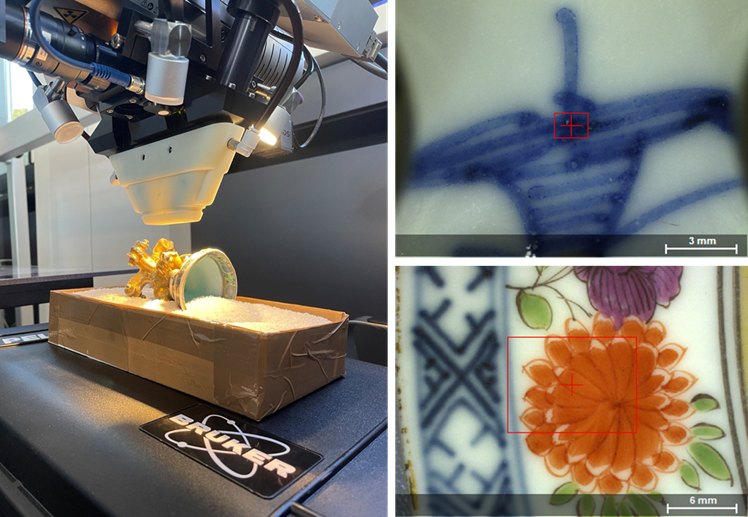 Fig. 1 The Bruker M6 JETSTREAM measuring different porcelain pieces richly decorated with gilding and coloured glazes.
Fig. 1 The Bruker M6 JETSTREAM measuring different porcelain pieces richly decorated with gilding and coloured glazes.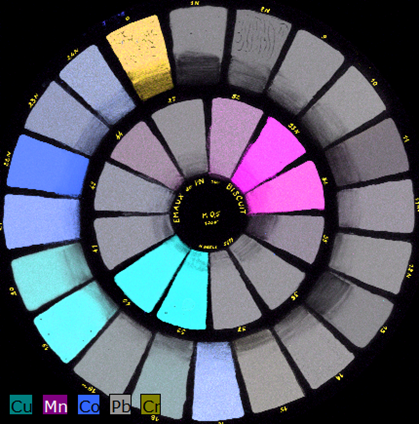
Fig. 2 Micro-XRF scan elemental distribution offers to identify colourants, as in this 20th century hard paste porcelain colour palette from the Sèvres Manufacture et Musée Nationaux.
![]() Everyone interested in or using XRF as a qualitative analysis technique for porcelain analysis.
Everyone interested in or using XRF as a qualitative analysis technique for porcelain analysis.
![]() Cultural Heritage Scientists, Object conservators.
Cultural Heritage Scientists, Object conservators.
![]() M4 TORNADO, M6 JETSTREAM, CRONO, and ELIO and IRIS users
M4 TORNADO, M6 JETSTREAM, CRONO, and ELIO and IRIS users
 |
Mareike GerkenApplication Scientist Bruker AXS |
 |
 |
Dr. Roald TagleGlobal Manager Application Science Bruker AXS |
 |
Don't worry if you can't attend the live webinar - Register anyway and we will send you the webinar recording and slides shortly after the webinar broadcast.
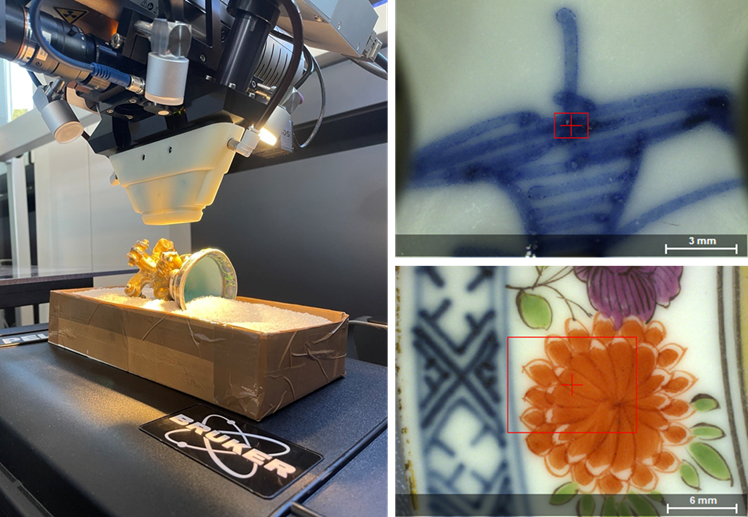
Fig. 1 The Bruker M6 JETSTREAM measuring different porcelain pieces richly decorated with gilding and coloured glazes.
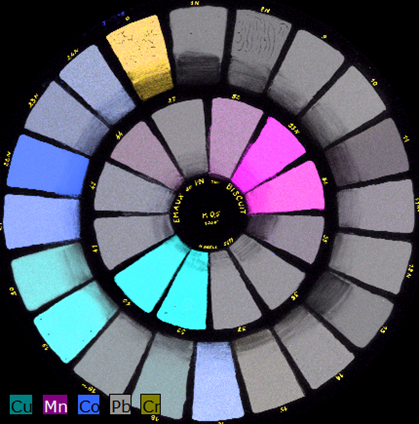
Fig. 2 Micro-XRF scan elemental distribution offers to identify colourants, as in this 20th century hard paste porcelain colour palette from the Sèvres Manufacture et Musée Nationaux.
Our Speakers
Can't Attend the Live Webinar?
Don't worry if you can't attend the live webinar - Register anyway and we will send you the webinar recording and slides shortly after the webinar broadcast.